Now that I'm finally getting settled into our new home, I've loved being able to begin the bread baking once again. I've been doing it multiple times per week for so many years that to stop seems… I don't know… just weird.
When Stuart said to me the other day “You know what would be delicious with this? Some homemade bread.” I knew it was time to jump back into the bread saddle.
Luckily, I had just ordered 100 pounds of wheat berries.
I get asked the question quite often about how we prepare our wheat, what variety we buy, what grinder we use, etc. and I'm always happy to answer because truthfully, my wheat grinder is how I began my whole food journey.
Well, it was at least a huge part of it.
My first grain grinder I affectionately named Fannie. She was old, but strong, and for some reason reminded me of an old farm lady. I used Fannie for years and years before upgrading to this beast:
Unlike Fannie, this grinder mechanically grinds the wheat instead of stone-grinding it, but I love it's effectiveness and ease. Fannie made a little bit more of a mess than my new, super clean grinder which I can easily keep on my counter at all times. And since I use it multiple times per week, I'm happy to leave it out amongst the appliances. I truly recommend this grinder – I've been using it for over a year and love it. You can purchase it through Amazon here. (Note: there are lots of fantastic grinders out there, use what works for you!).
I've found through experience with lots of readers that the ‘art' of grinding your own flour is really more of a mental hurdle to tackle than a practical one. Earlier this week, I ground two different types of flour for crackers, biscuits, and bread. I timed how long it took me: 1 minute and 46 seconds for all of it. Including opening the stubborn food storage buckets that I keep the berries in.
That's fast food, my friends.
The smell? Heavenly.
And the taste? Unmatched by any packaged flour you could possibly buy.
It is so, so, so good. And requires a ridiculously low level of participation to acquire.
The only stipulation of enjoying this beautifully, fresh homeground flour is making sure that you have high-quality wheat berries to grind. I always keep two varieties on hand: hard wheat (I enjoy both white and red) and soft white wheat.
The hard white wheat is used for breads, whereas the soft white wheat is used for biscuits and pastry (it grinds into more of a pastry flour). Technically, it has to do with the level of protein in the different varieties, but I'm sure there's a lot of other things that you'd rather do than sit here and read about protein contents of wheat berries. Like, mop your floors, or something.
I mean, I find it interesting, but I'm strange when it comes to my love of food.
If you're making the switch to grinding your wheat at home, you'll also find that buying the wheat is bulk helps tremendously with buffering the cost. I purchase our wheat through Azure Standard – purchasing it in 50 pounds bags, I'm able to purchase it for about .50 cents per pound. And that's for organic, certified non-GMO wheat!
Have you priced organic flour at the store lately? So expensive. Eek.
If you don't have access to Azure Standard where you live, you can also purchase wheat in bulk here or here.
We've found that despite the the growing trend to ditch gluten, our family processes home ground flour incredibly well. For starters, we make sure to drink and eat lots of cultures foods like kombucha, kraut, kefir, and yogurt to help us maintain healthy guts. Yep. We like our guts nice and active and healthy. Then, we make sure to always soak, sprout, or ferment our flour so that our bodies are able to further digest it with ease.
Here's what I made this go-round with the homeground flour:
Traditional Soaked Whole Wheat Bread
Soaked Biscuits
Sourdough Crackers
I hope that this is helpful to some of you out there who are wondering where to begin on your whole-foods journey. Making your own bread, crackers, pastries, and biscuits at home is a huge step in the right direction. If you can't afford a grinder right now, start saving and don't forget to look on Craigslist for gently used ones! You can also try and find a friend with a grinder who will trade you use of their grinder for a bit of freshly ground flour!
It's amazing what people will do for freshly ground flour.
Yes. It's that good.

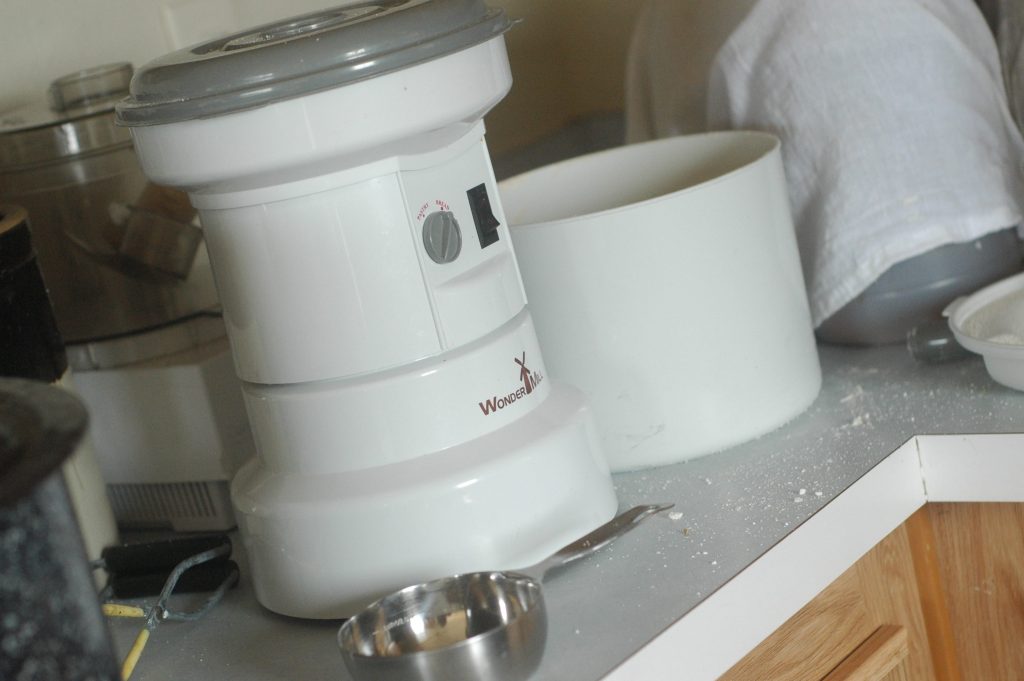
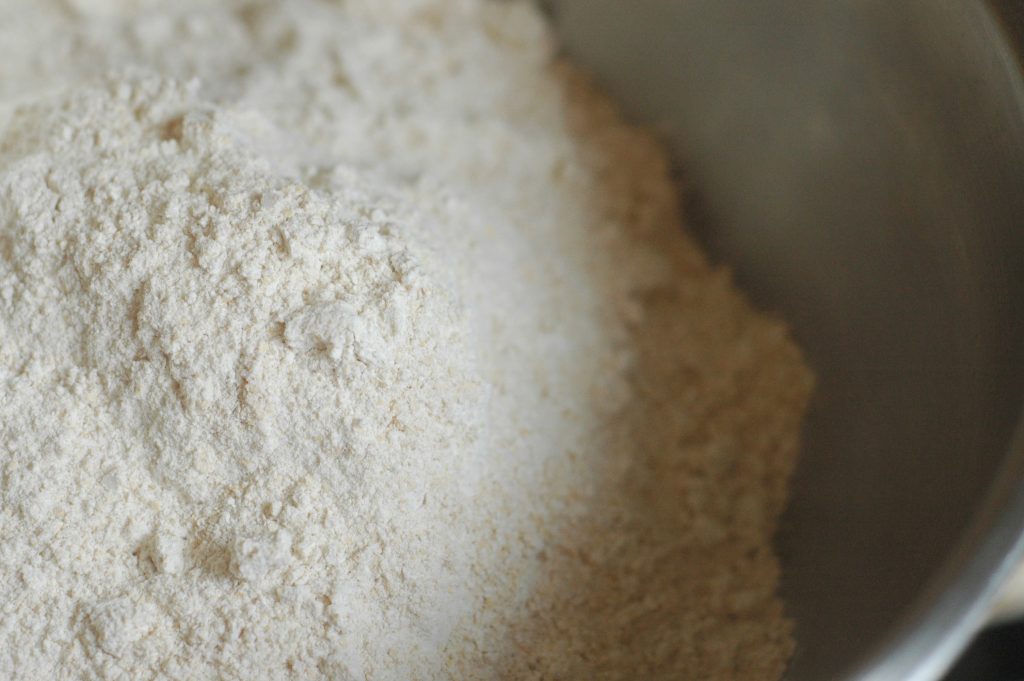
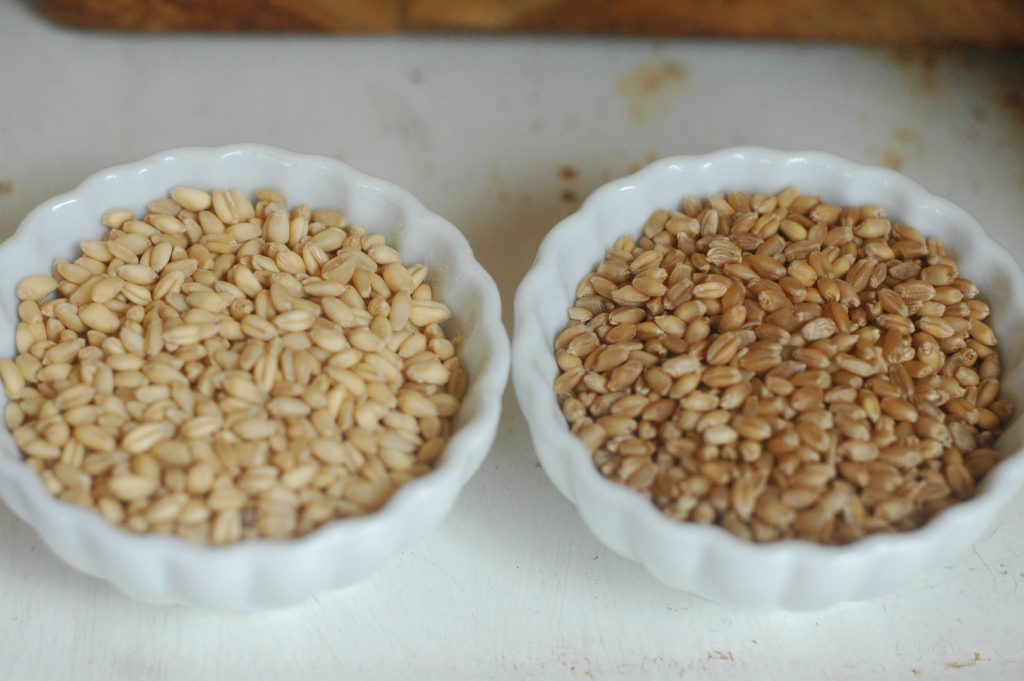
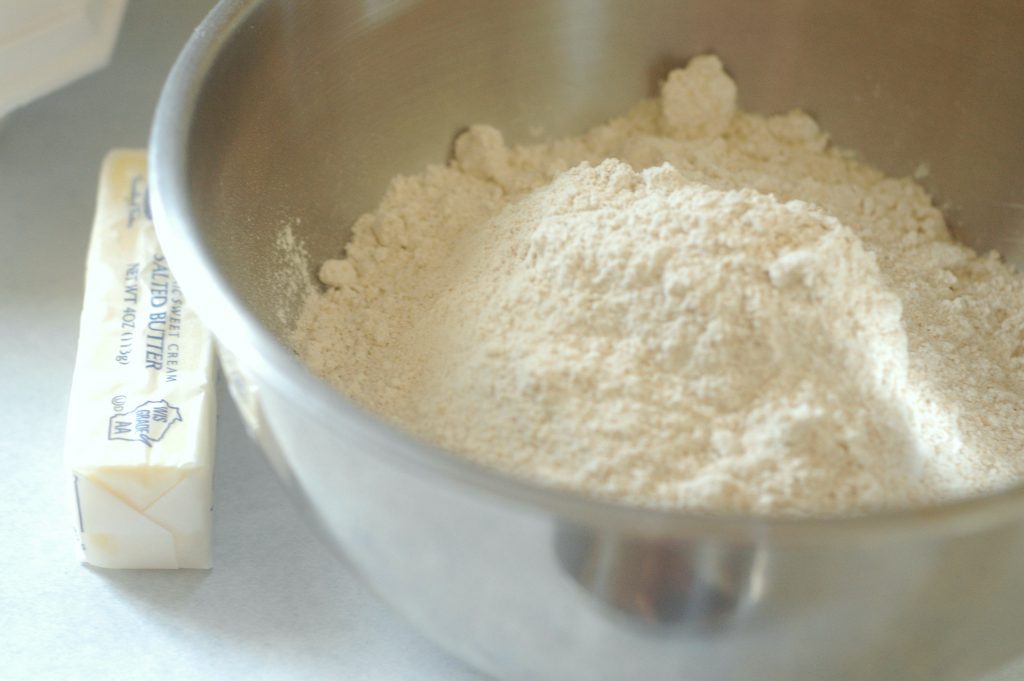
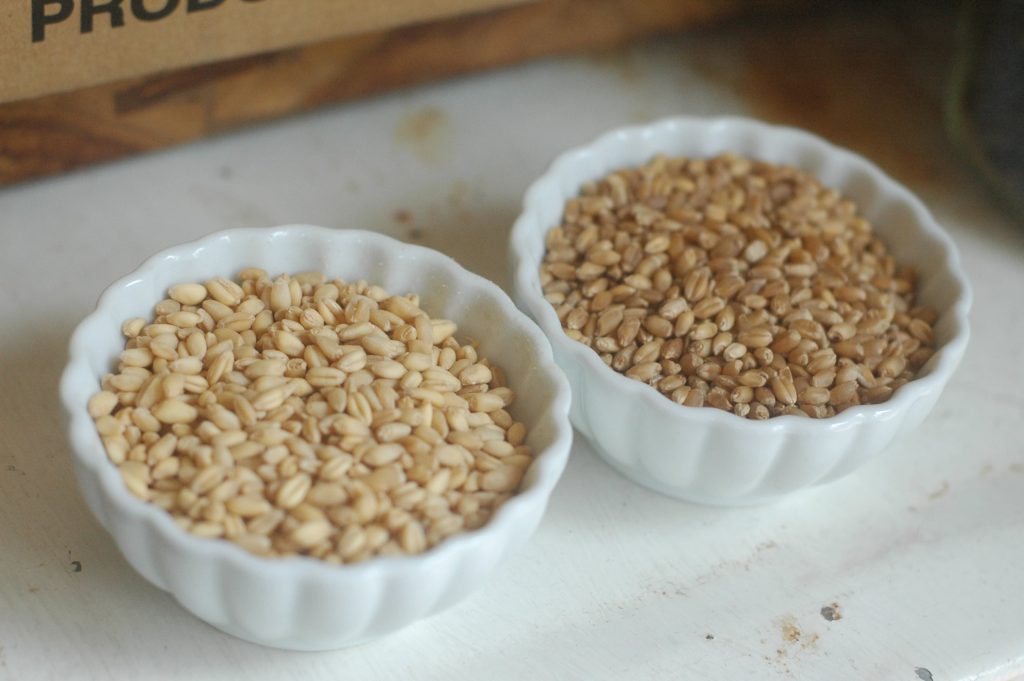
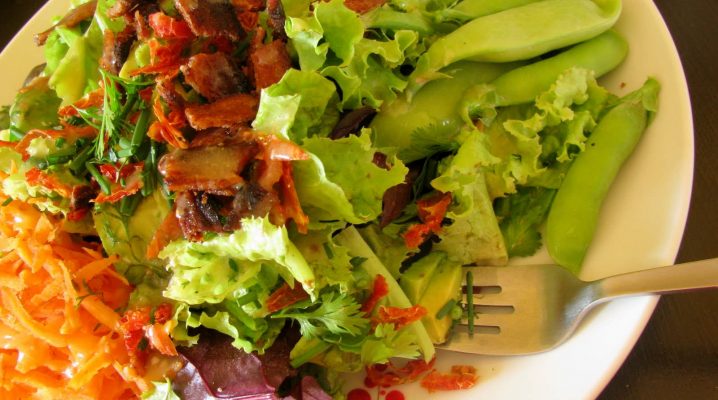
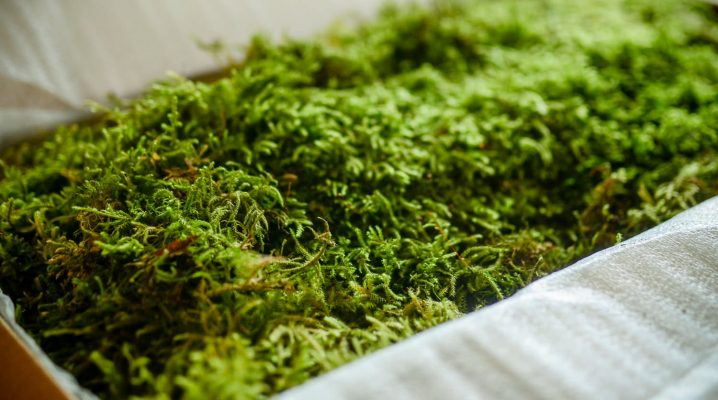

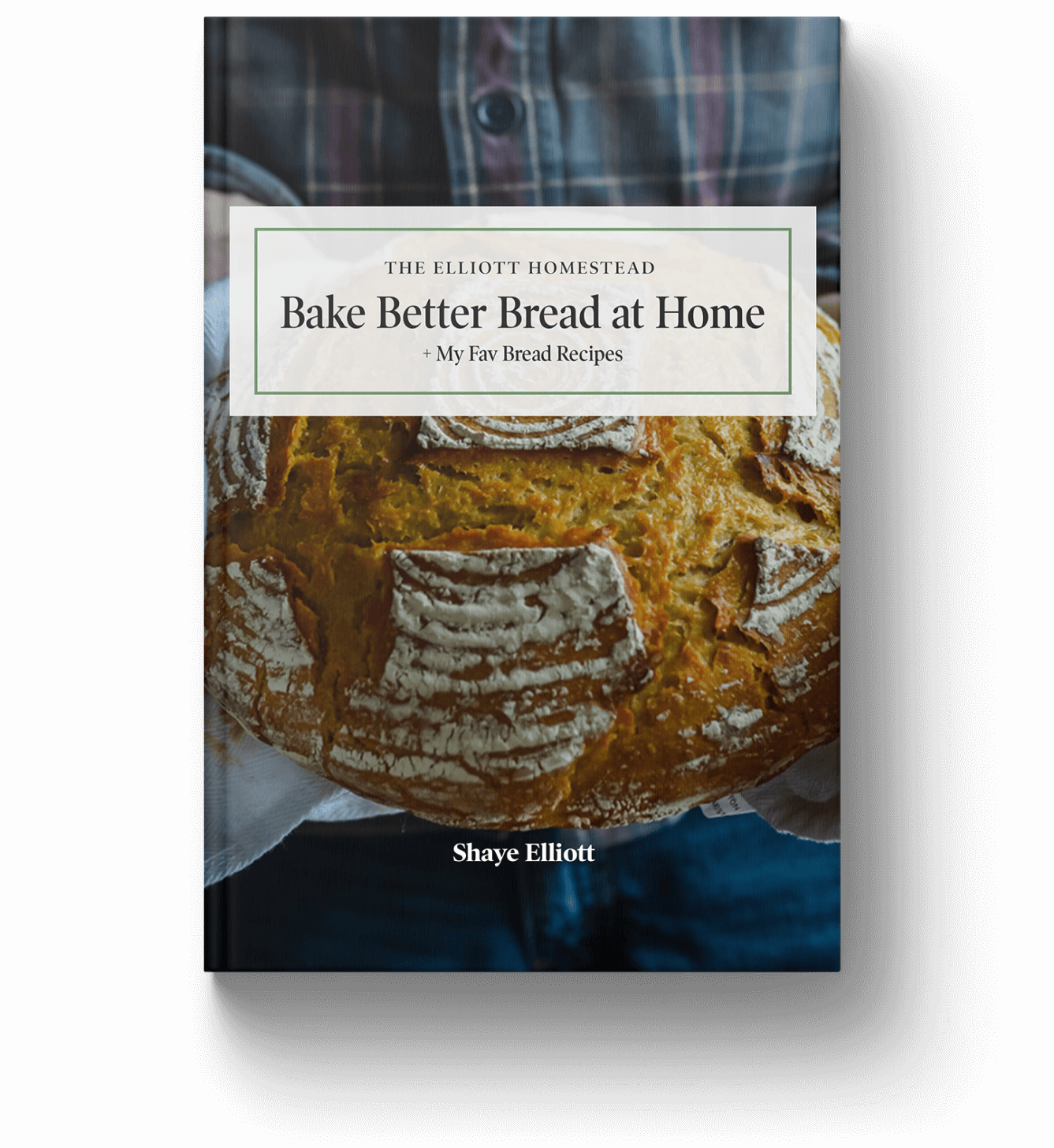
This is another of my dreams. 🙂 Now to save up the big bucks for a wheat grinder… it’s on the “someday to-do” list! As it is, I buy Montana Wheat flour at the grocery store for less than $1.00 a pound, which for organic, non-GMO flour is pretty satisfying for me. And I love it. 🙂
By the way, I’ve nominated you for the Super-Sweet Blogging Award–don’t feel obligated to pass it on, I just wanted to let you know! 🙂 http://jaimie-livinginthelight.blogspot.com/2013/06/paying-it-sweetly-forward.html
OK! I need help! how is your texture compared to store bought flour, I’ve been using my blendtec blender to grind flour and the texture is grainy and its affecting how my baking turns out…any tips or do I just need to get a real flour mill to get that nice fine texture?
Mine is super fine and super fluffy – just like store bought. It sounds like your blender isn’t quite doin’ the job right.
Hi! I’m new to this soaking thing, and your site is very helpful! Thank you! I was going to see if you knew if it would be possible to use a Vitamix to grind the flour? That was going to be my next purchase, but if it’s not able to, that may change! 😉 Thanks again!
You can – as long as you have the dry blade attachment.
I am So happy I found your site! I saw your cookbook on Facebook and then tried to save the info for later and couldn’t find it! I was absolutely crushed! I sadly have a black thumb, but I have been feeling the urge, longing, need, and conviction to live life NATURALLY with making things from the source how they were naturally intended to be. The only problem was/is that I had no idea how to begin. Then I stumbled upon your book and thought it sounded exactly like what I needed. Thankfully I was able to find your book, and I can’t wait to continue this new start!!!
Welcome, Rachel!
Hi Shaye,
I have a question that maybe you can answer for me. We are growing and grinding our own hard wheat. I am making my own no-knead bread – a beautiful boule that we all love. (1 1/2 C whole wheat, 3 C store bought white, 1Tbsp salt, 1 1/2 tsp yeast, and 2 C water in at the end. Let sit for 8 hours. Turn into a preheated dutch oven 450º and bake 1/2 hour top on, 1/2 hour top off.)
But here is my question/problem that I’m having difficulty getting answered due to people’s lack of grinding at home… My loaves now when I’m using home ground whole wheat have been coming out flatter than when I use the store bought. Do you have any ideas why that might be? Do I have to let me freshly ground wheat sit for a while (weeks maybe)? some la-dee-da wheat researcher told me that but she *researched* wheat not baked with it.
And I have a second question that you may be able to answer… This recipe that I typed here actually calls for letting the dough rest for 1 hour on a tea towel before putting it in the dutch oven. I don’t seem to notice a difference if I let it rest or not. Would you know why I need to do that?
Thanks so much and I enjoy reading your blog.
Janelle
The gluten develops as the flour ages. If the flour is fresh ground you need to add 1 tablespoon of gluten per cup of flour to get it to rise properly.
It seems to me that you need another tsp of yeast for that much flour.
I have been reading about our flour in the US. What I have red is not good new for anyone, before I go off the deep end I wanted to know if anyone has heard DR. William Davis speak on the wheat grafting and our wheat has be so modified through grafting there is no nutritional value and in fact addicting due a chemical that is like a opiate and even non gmo and organic can not make it better, I you want to hear what he said he has videos on you tube, I have order a ancient line of hard wheat berries that have not been grafted and a mill to grind my own flour(does that mean I have already gone off the deep end?) :^( I just had a thought if anyone thinks I am in any way affiliated with this or any other doctor I am not. I am a old lady that went through hell while I was raising family trying to figure out what was wrong with me I felt tired and depressed fought weight issues and was told nothing was wrong. Well thanks to my son who was having some of my same issues I had, he went to the net to see if he could find any thing out and he did, we were lied to by our government about fats and the lack of them is very hard on a body, My son has lost over a 100 lbs by eating grass fed sat fats and biking I could go on but I tend to get carried away
Thank you for the information about the modified wheat.
Can you share with me the name of the place where you buy your ancient hard wheat?
Grafting is a modern improved method used to achieve hardier strains of wheat. A similar technique, but less sofisticated was used in ancient times. It does NOT affect nutritional value of wheat or cause addiction.. (although I AM addicted to that delicious smell of freshly milled flour and fresh baked bread!!)
You are absolutely right, Louise. It1s not the “deep end”, it’s reality. That’s (partly) why everyone is more and more ill. (The other part is EMF, low EMF, etc. google it. /and turn off electricity for the whole house at night at the mains./)
Question: does this flour mill do sprouted/dried wheat berries? We have a NutriMill and apparently it cannot grind sprouted grains (of course, I didn’t realize that until AFTER I’d gone through sprouting and drying a huge batch of kamut berries!) I’m looking for something that will grind sprouted grains now.
I LOVE your cookbook by the way– every recipe so far has been a big hit! Last week it was the black pepper and walnut cookies, and they were delicious!
Thanks 🙂
I grind sprouted grains in a nutrimill…
The WonderMill DOES grind sprouted wheat berries. I called before ordering one to be sure, and they said absolutely– just be sure that the berries are completely dry/dehydrated before grinding them.
What is the best way to store the excess wheat berries when you buy in bulk?
I have been making bread from freshly ground red wheat berries for just over a year. I recently moved from IL to AZ and for some reason my bread is not coming out the same. It just falls apart once it’s cut. It rises fine and the flavor is the same – but it just doesn’t hold up. I did read that at higher elevations the yeast should be reduced and I tried this but it only helped a little. Any suggestions??
Perhaps try and mix it longer to develop more gluten.
We have a stone burr grist mill and want to use it, yet I am not sure about storage after grinding. How do you store your fresh ground flour, and how long can you store it?
Also at what rate does flour degrade after grinding?
Thank you in advance.
I keep mine in the refrigerator once it’s ground and use it up within the week.
We’ve been grinding our own wheat for more than a year using hard red, hard white, soft white and spelt. However, we’ve never heard of soaking the wheat. Please tell us about that. Barbara has been making our breads including, banana bread, raisin bread, hot dog buns, hamburger buns, pizza all with success. However, she has not been able to master biscuits. They often turn out dry and flat even though the taste is not really bad. Do you have a recipe that works well for you? We have learned our baking through the Bread Beckers of Georgia. Even their biscuit recipe doesn’t work well for them. Friends, biscuits have been a staple in America for 100s of years. Surely somebody has a good self-ground wheat recipe that makes great biscuits. Frank & Barbara.
I find the most time consuming part is using a sieve to separate the husk/bran from the flour. I also have not been able to find a fine enough sieve to get the flour as white as I’d like. I eventually gave up and started just buying the flour from the store and the flour mill got abandoned in the back of a cupboard.
I found a revealing comment which reveals to me why you have such an easy time with your home milled flour: “If you are using a high impact mill then the bran has already been ground into fine particles. While this home sifted flour is not “white” flour it will be a flour that acts a bit more like white flour.” You are using a high impact mill. Maybe I should purchase one of these and give it a try, though, I’m not sure about consuming all the extra phytate that comes with the bran.
Question: i have a hand crank mill that ive been using on the ?tightest? setting, but i still need to sift my results to separate parts of the ?skin? in order for the flour to be any good. As of now, i still cannot make a loaf of bread with 100% home milled flour. The best i can do to make a loaf come out as acceptable is 50/50 with store bought. Im milling the lighter berries.
I have googled like crazy and have not found a single mention of anyone home milling having to separate the flour afterwards. Can you use 100% of what comes out of your mill or do you have to sift too?
I am making 100% whole wheat sourdough, using hard red home milled.
It’s heavy, it’s dense, not near as much rise as mixed loaves with AP, but dang, is it tasty!! I don’t sift, I hand grind with my Grain Maker mill.
I order soft white berries from Azure Standard as well but find that I have to nearly double the flour when I use fresh ground wheat in my old AP flour recipes. I haven’t ever tried soaking though. Would this solve my problem?
Do you weigh your ingredients or use cup measurements? If you can do weight measurements that would probably help because your homemade flour might be fluffier than the flour that comes out of a bag.
I’ve also found that my fresh ground flour takes longer to soak up the liquids, especially if I’m making bread. For yeast bread, I always use hard white wheat (occasionally hard red wheat) because the protein content is higher than in soft white berries and the gluten develops better. I also let the ingredients rest for 15-20 minutes after mixing and before kneading, so the wheat has time to soak up the hydration. Hope this helps!
P.S. I’m going to try Shaye’s recipe for Soaked Biscuits soon – if you haven’t checked that one out yet, it looks like a good option for your soft wheat flour!
Love this post! My grain mill is my favorite kitchen tool. Like you and your family I’ve also found that despite the trends toward gluten-free, my system does well with home ground flour, plus I try to eat cultured foods like homemade yogurt and apple cider vinegar. I haven’t made soaked wheat biscuits yet, but I see your recipe for Buttery Whole Wheat Biscuits and they sound fantastic! Going on my must-bake list.
Can fresh milled flour be used in recipes calling for store bought flour? Do I need to add enhancer and gluten to make breads? Thank you
how long will the fresh ground flour last. is it best to keep it in the freezer. i always end with a little left over when i grind our wheat berries.
I use home-ground soft white wheat berries (unsifted) along with equal amount of pre-milled white from the Montana wheat farm. Since I always sour up the dough in the fridge for a few days, I think that it gives time for the wheat to absorb more moisture so I get a great loaf. Also more digestible. No-knead, kind of sticky dough baked at 450 in the Emile Henri potato baker. Raise it in the final stage out of the fridge in a bowl with parchment paper, lift the whole thing into the pre-heated container. Bake 25 covered, 10 off.
I just got into grinding my own flour, o idea if this is still active 10 years later. I have been using the kitchen aid mixer attachment but when I do the grinding, dust gets everywhere! any advice to keep it contained?